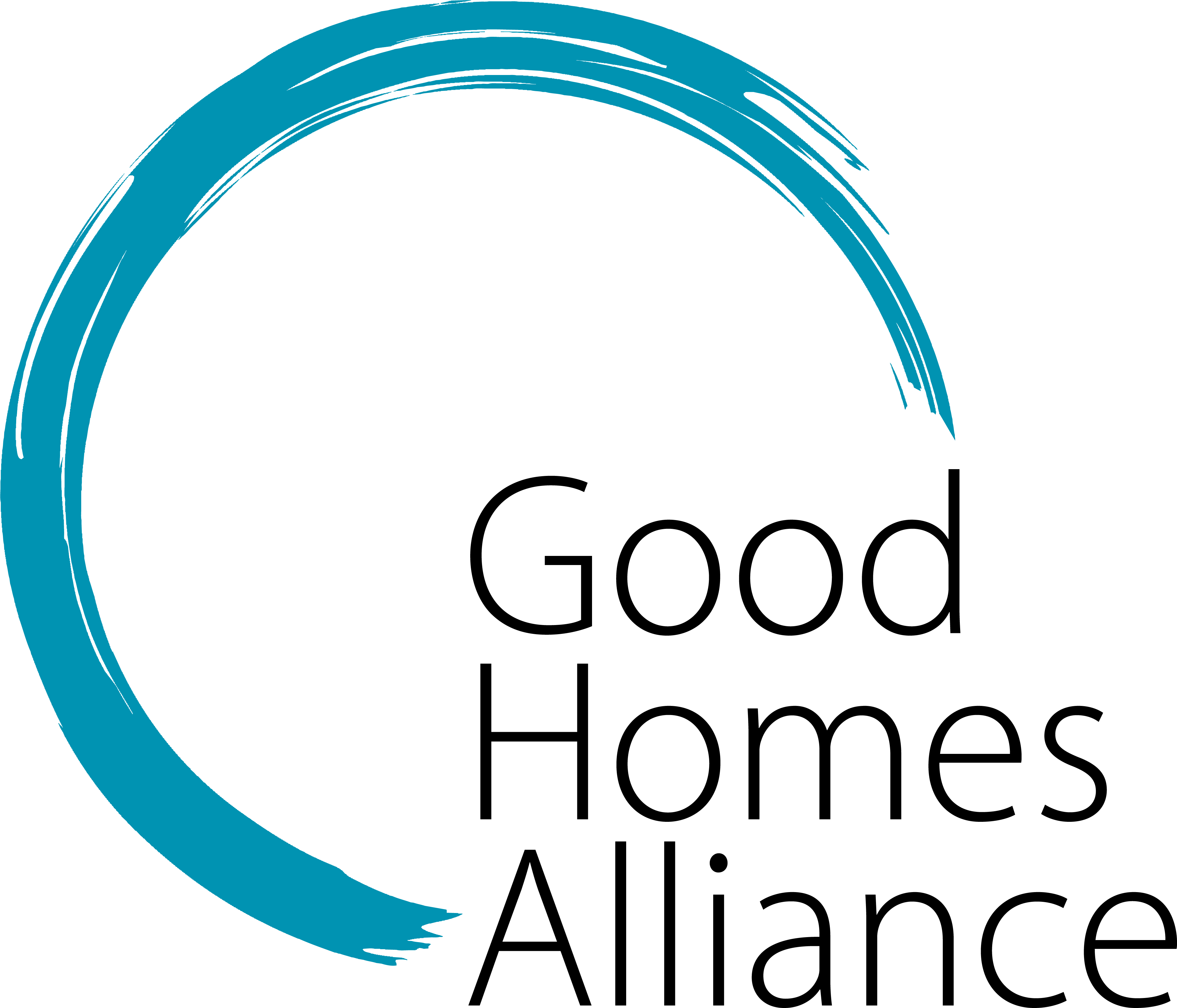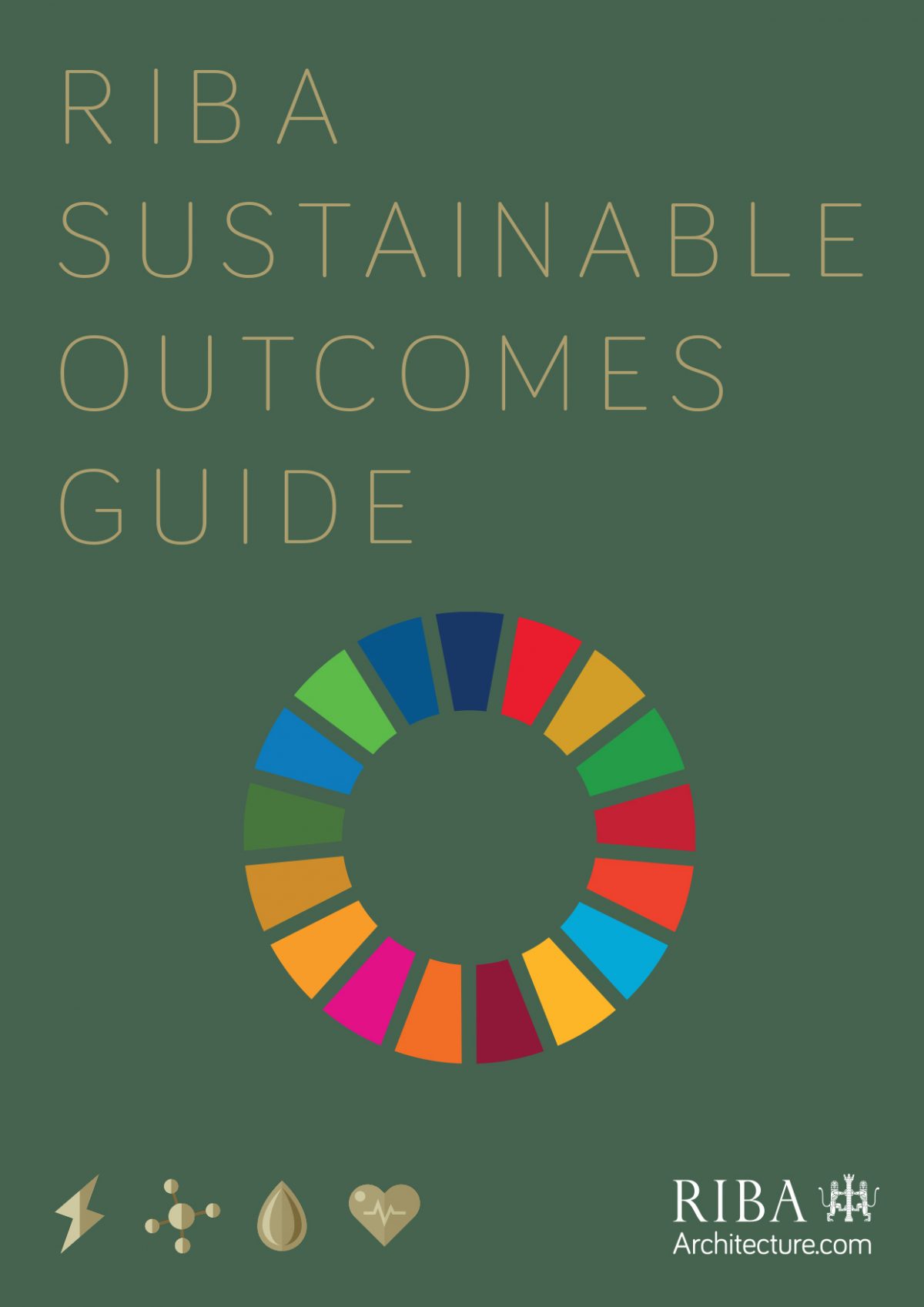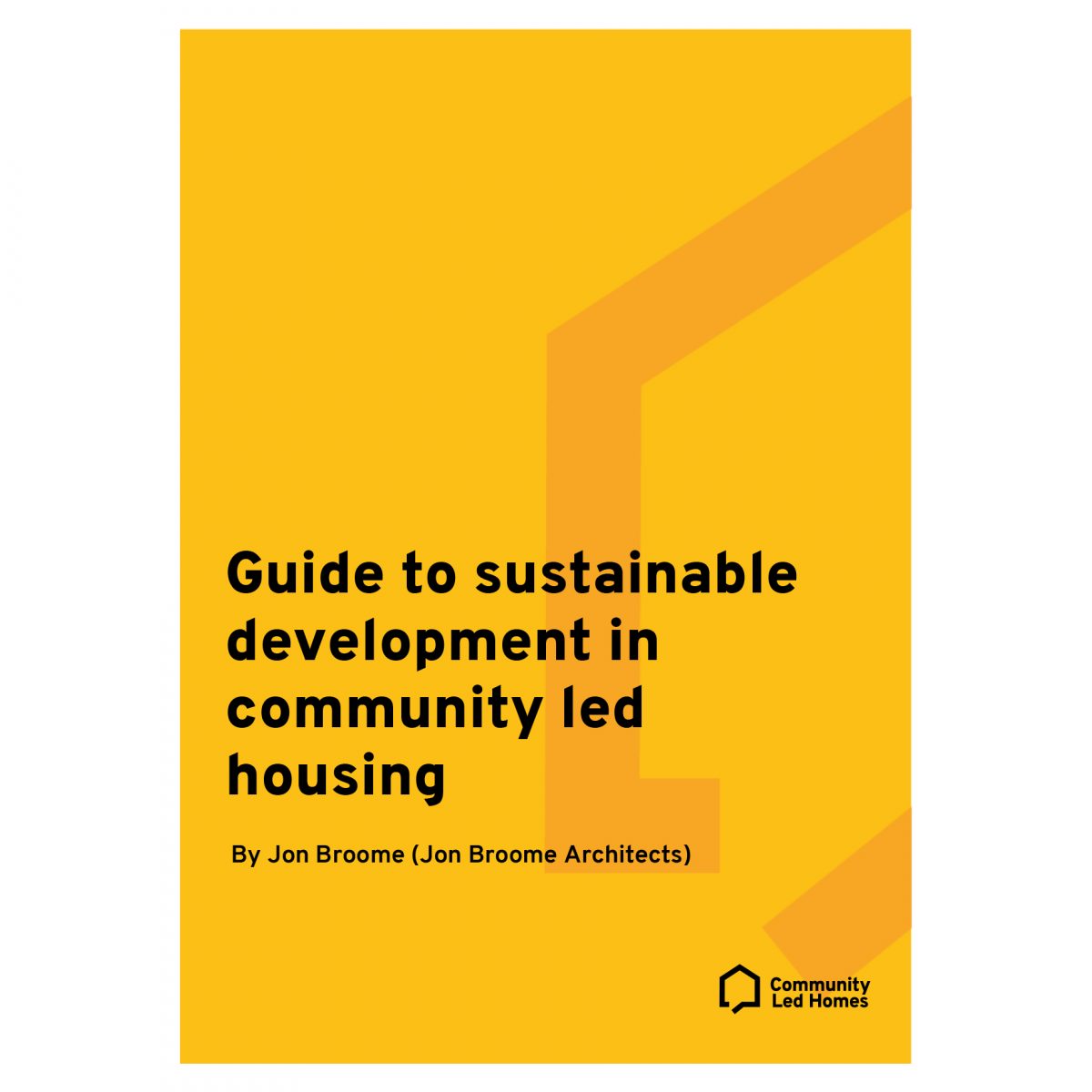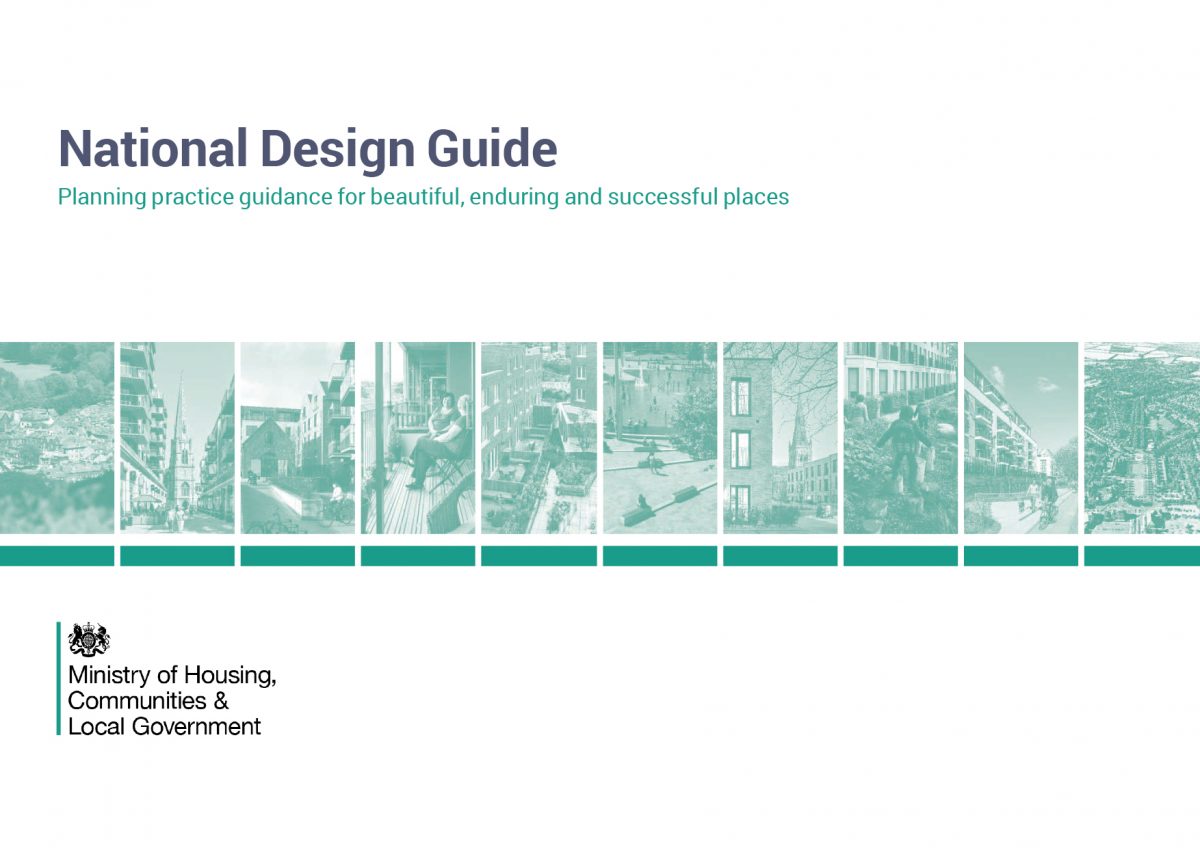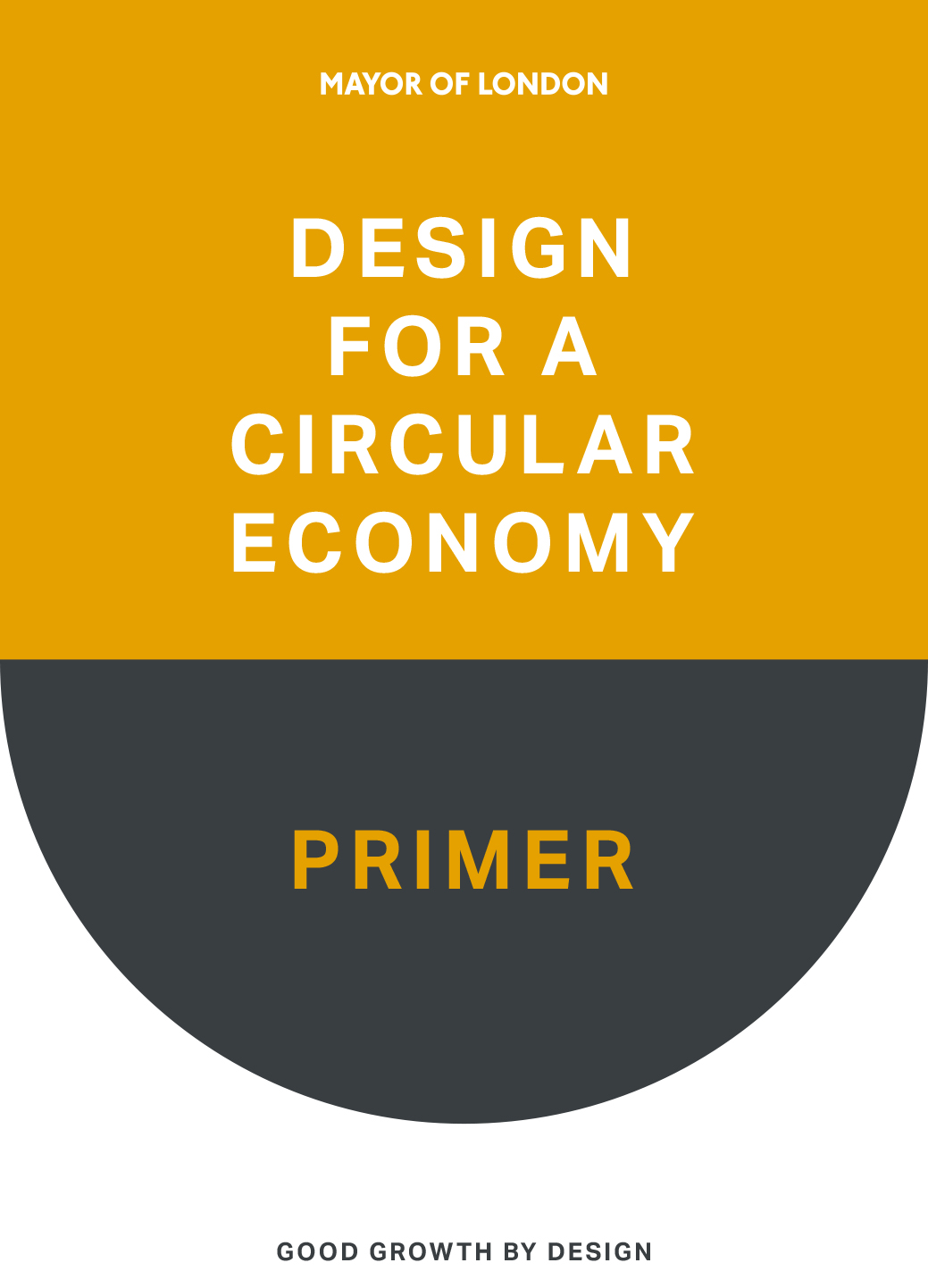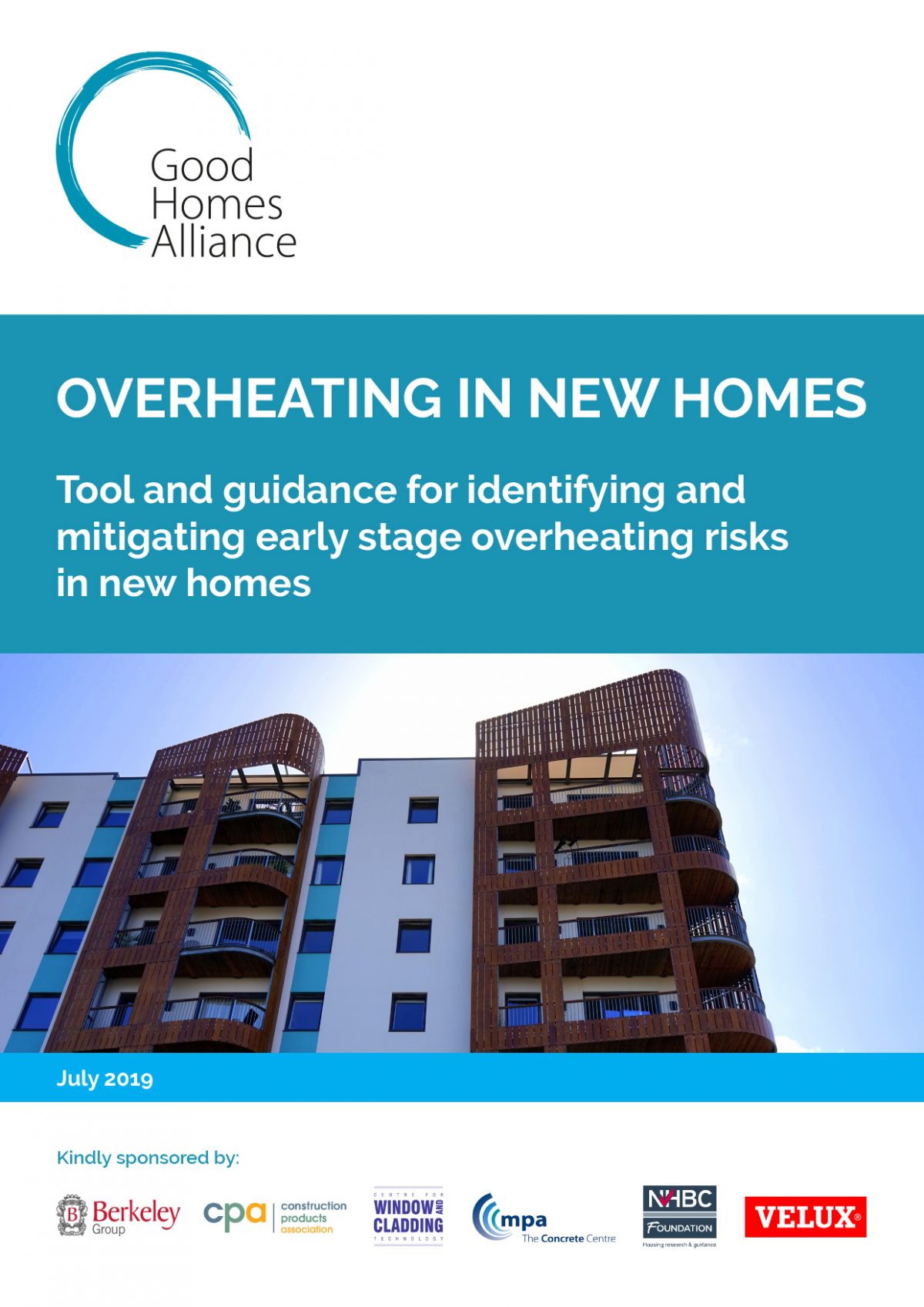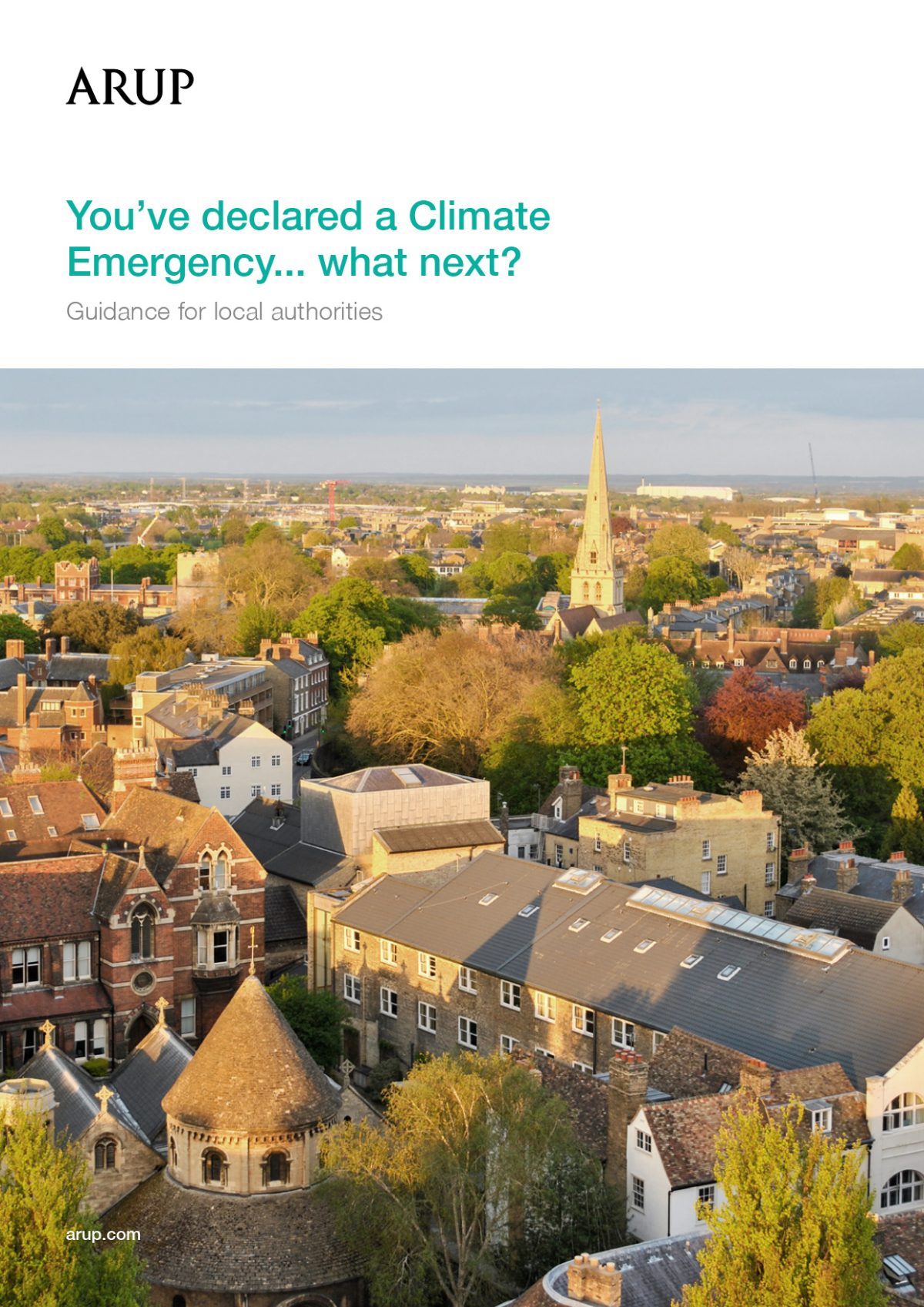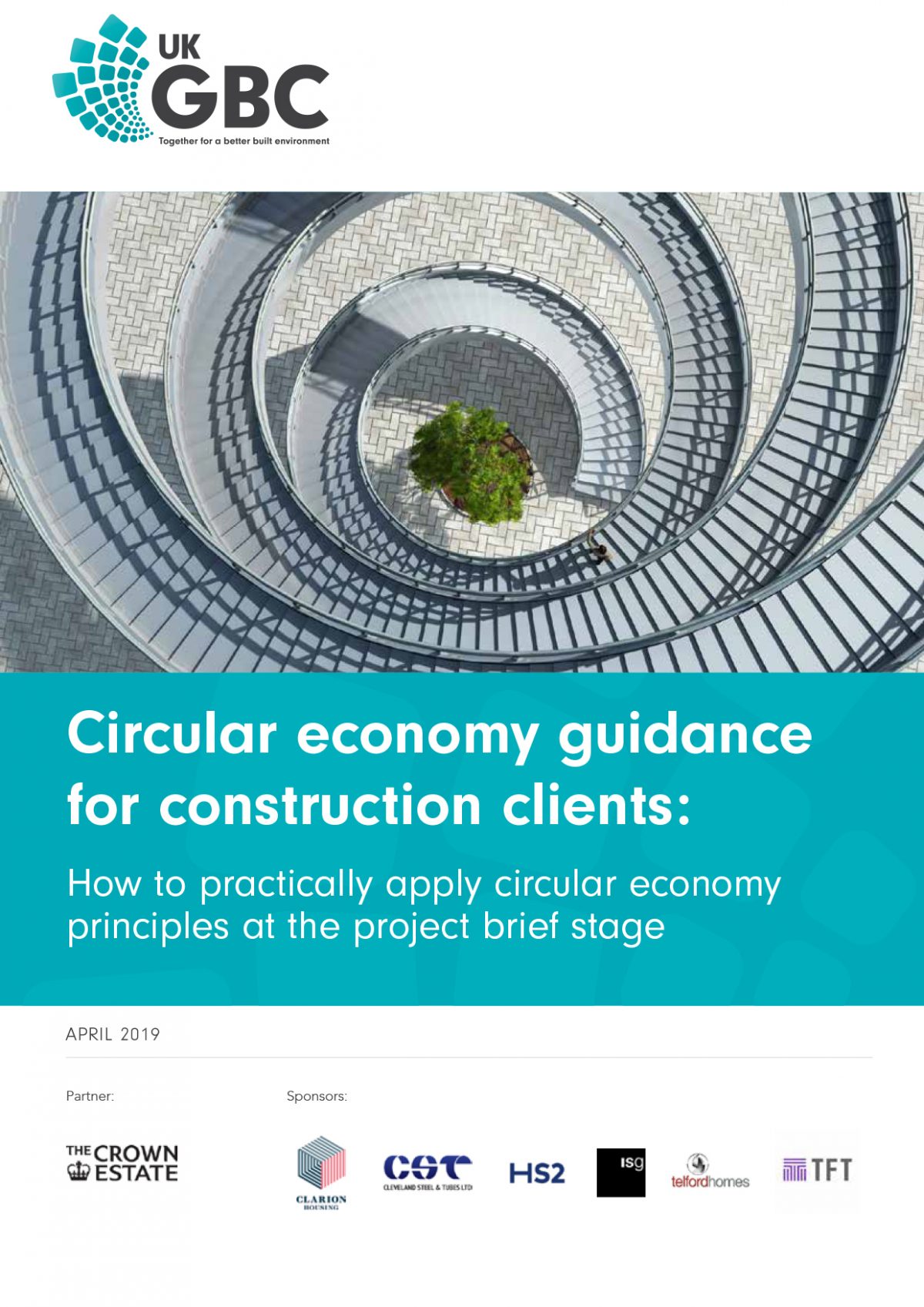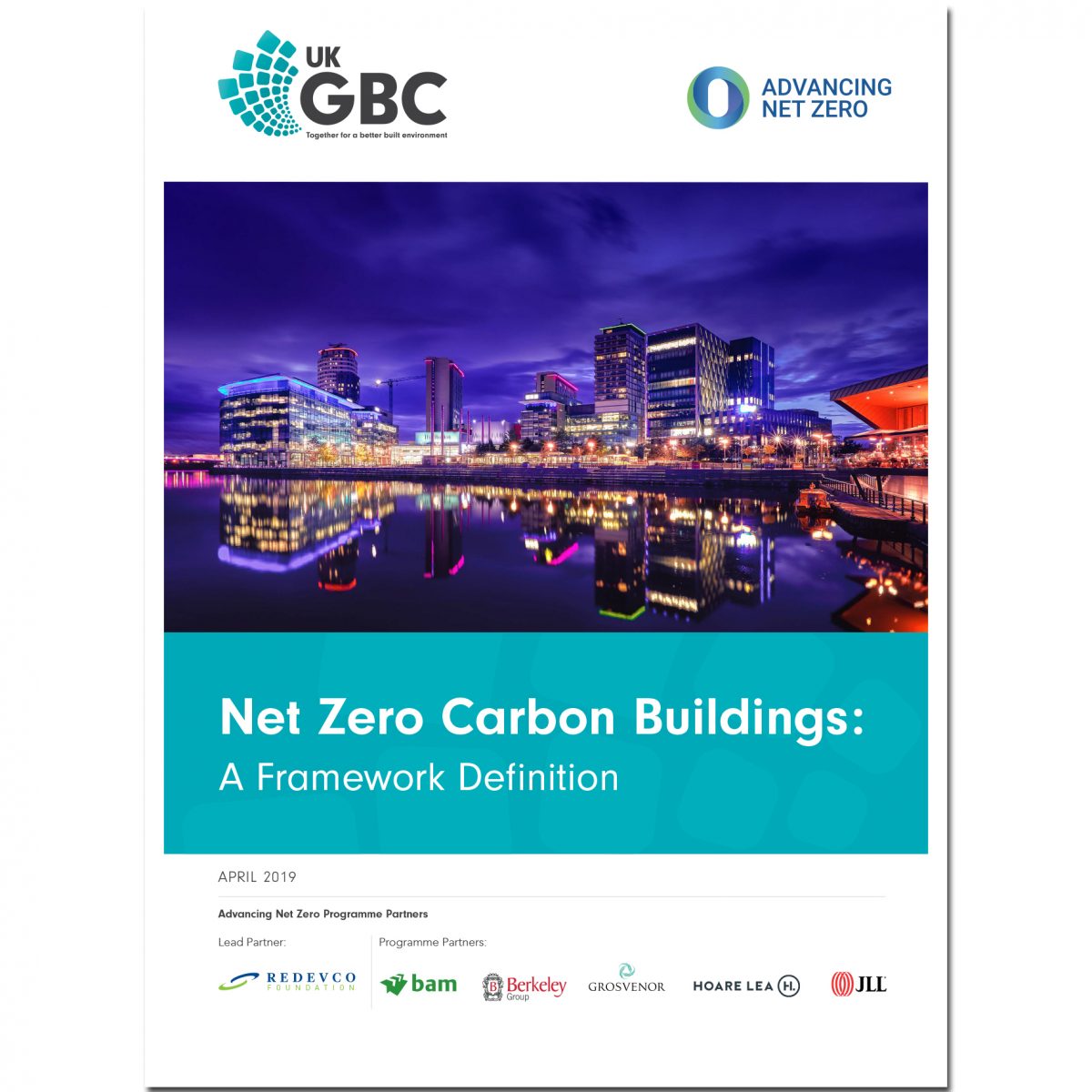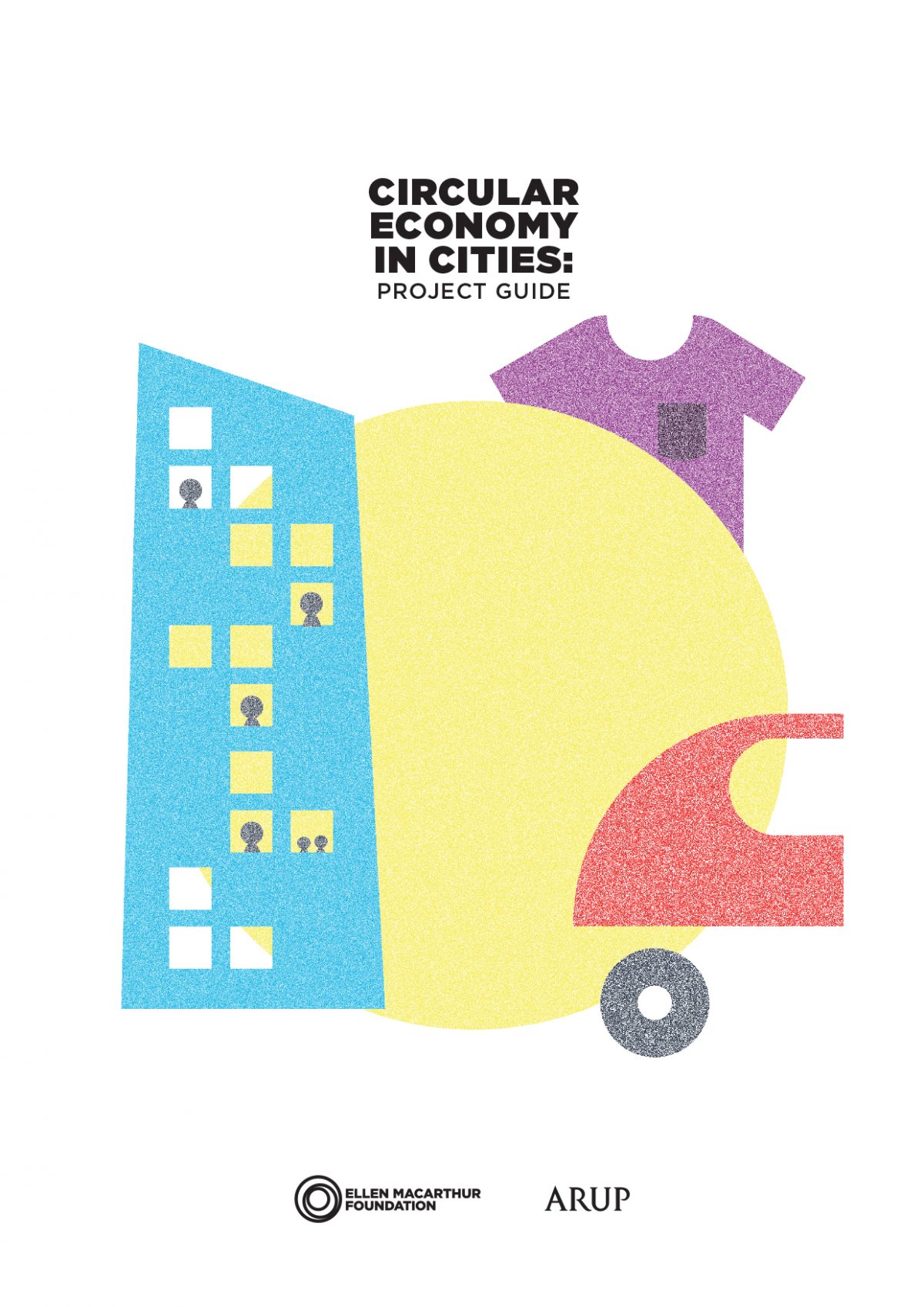This guide defines a concise measurable set of eight sustainable outcomes that correspond to key UN Sustainable Development Goals and can be delivered on building projects of all scales.
The guide explains each sustainable outcome and their key metrics, and provides design principles to achieve the outcome and describes approaches that can be used to verify performance using post occupancy evaluation and certification. The guide supports architects in taking the RIBA 2030 Climate Challenge.
The RIBA sustainable outcomes are:
- Net zero operational carbon
- Net zero embodied carbon
- Sustainable water cycle
- Sustainable connectivity and transport
- Sustainable land use and bio-diversity
- Good health and wellbeing
- Sustainable communities and social value
- Sustainable life cycle cost
An outcomes-based design approach will help resolve the now well-known gaps between design intent and in-use performance across a range of metrics by reinforcing the feedback loop between briefing and outcomes, leading to a more sustainable built environment.
Author: RIBA
Publication date: December 2019
